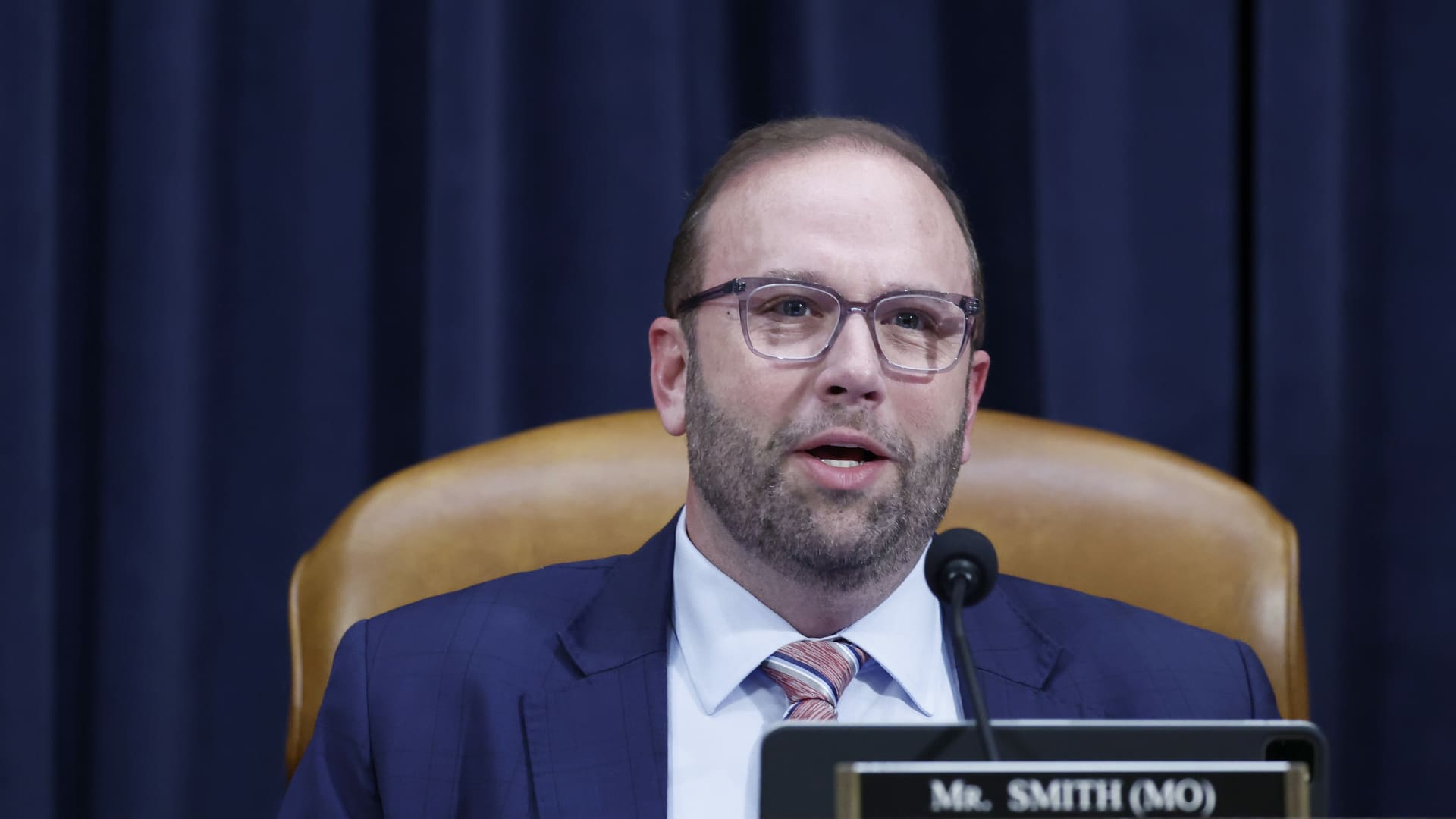Franckreporter | E+ | Getty Images
Millions of older workers lost their jobs during the Covid-19 recession.
Between March and April 2020, 5.7 million workers ages 55 and up lost their jobs, according to the Economic Policy Institute’s analysis of federal data.
Now, five years since the onset of the pandemic, some older workers may be benefitting from policies that help them extend their careers.
“We’re seeing more and more employers putting in benefits and programs that help retain some of that older workforce,” said Carly Roszkowski, vice president of financial resilience programming at AARP.
These programs include phased retirement plans, part-time schedules and remote or hybrid work options, Roszkowski said.
Money is still the main reason why people want to stay in the workforce longer, particularly as inflation has pushed prices higher, according to Roszkowski. But there are also other motivators, including social connections, a sense of purpose or meaningful work that may help inspire individuals to continue to work.
More from Personal Finance:
Should you wait to claim Social Security? Here’s what experts say
Americans more worried about running out of money in retirement than dying
Nearing retirement? These strategies can protect from tariff volatility
Working remotely may help extend careers
One lasting impact of the pandemic — increased flexibility to work remotely — may be helping some older workers delay retirement, according to new research from the Center for Retirement Research at Boston College.
The research finds that an individual who is working remotely is 1.4 percentage points less likely to retire than a worker in an otherwise comparable situation.
Based on those results, that could enable workers to extend their careers by almost a full year.
“If they delay claiming Social Security for that year, or delay digging into their 401(k) for that year, or contribute to their 401(k) for that year, that’s all going to be good for their finances,” said Geoffrey Sanzenbacher, a research fellow at the Center for Retirement Research and professor of the practice of economics at Boston College.
Whether or not individuals can work remotely comes down to employer preference. For example, some companies — JPMorgan, AT&T, Amazon and Dell — have moved to five-day in-office policies. The federal government, which has a workforce that skews older, has also moved to enforce in-person work policies under President Donald Trump.
Research suggests older workers benefit from remote work. In particular, the employment rate of older workers who have a disability increased by 10% following the pandemic, according to the Center for Retirement Research.
To be sure, not all careers may allow for remote work.
What career experts say to do now
Career experts say there are certain ways older workers can help extend the longevity of their working years.
Older workers should focus on upscaling — gaining new skills or boosting their current skill set — to help show off their skills to employers, said Vicki Salemi, career expert at Monster. That may be through a certification, online class or volunteering, she said.
Having a foundational, basic understanding of technology tools used in the workplace is also essential, said Kyle M.K., a talent strategy advisor at Indeed.com.
Older workers may also want to show off their relationship building skills, which can set them apart from younger generations that are more digitally inclined, according to Salemi.
Mentoring, conflict resolution or other interpersonal skills are highly sought after skills that should be highlighted, where possible, M.K. said.
By keeping digital profiles up to date on job search sites, older workers can emphasize their skills and experience, he said.
“Digital presence is sometimes the very first introduction that the employer will have with you,” M.K. said.


 Economics1 week ago
Economics1 week ago
 Personal Finance1 week ago
Personal Finance1 week ago
 Economics1 week ago
Economics1 week ago
 Economics7 days ago
Economics7 days ago
 Accounting7 days ago
Accounting7 days ago
 Economics6 days ago
Economics6 days ago
 Economics7 days ago
Economics7 days ago
 Economics6 days ago
Economics6 days ago











